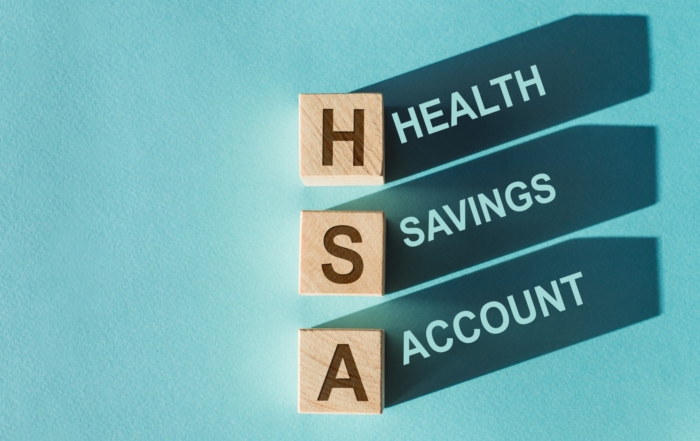Ladders are highly useful across all industries, but they also remain one of the leading causes of occupational accidents. Unsafe use of ladders can result in serious injuries – even fatalities. In fact, more than 90,000 people visit the emergency room per year for ladder related injuries, and nearly 700 elevated related deaths occur annually, according to the Culture of Safety, a community safety resource organization. Unfortunately, these figures are only rising every year, but with a few simple precautions, the risk is drastically reduced.
In this article, we discuss ladder safety tips that will help you use these tools properly. We identify common traits that can make a ladder unsafe, how and where to place a ladder that is deemed safe, and finally, how you as a climber should utilize your ladder in the safest manner possible.
Inspect Your Ladder
Always inspect your ladder to ensure it is in working order. Ladders that are deemed unsafe must be removed from service and tagged for either repair or discard. When you inspect your ladder, look for the following:
- Rust, cracks, and other noticeable damage that could greatly compromise its integrity
- Swaying or ricketiness that causes your ladder to lean to one side more than the other
- Loose or missing parts, such as hinges, rungs, or locks (on extension ladders)
Place Your Ladder Safely
Once you’ve determined that your ladder is in proper working condition, you must consider where you will be placing it and how you will be placing it there. It is extremely important to choose a stable, level surface, as well as be mindful of the environment surrounding that surface – this includes that your ladder is the right size for the job you are intending to use it for. When placing your ladder, look for the following:
- Avoid wet or slippery surfaces both at the top and bottom of the ladder
- Do not place a ladder on any unstable bases, such as boxes, in an effort to gain additional height
- Do not place your ladder in front of a closed door that can open towards it – and be certain to block, lock, or guard the door even if it opens away from the ladder
- Do not use a step ladder, or any other self-supporting ladder, as a single ladder or in a partially closed position
- Be mindful of electrical hazards, including overhead power lines, and do not use a metal ladder in a situation where it will be exposed to energized electrical equipment
- Do not stage a ladder, or use a ladder, during high winds or storms
Be a Safe Climber
After your ladder has been placed in a safe and secure environment, it is critical for you to utilize your ladder safely. Climber safety includes what you wear and how you climb. When climbing your ladder, be mindful of the following:
- Read and follow the on-product safety information – a climber is not considered qualified to use the ladder until familiar with this information
- Do not climb if you feel tired or dizzy, or if you are prone to losing your balance
- Wear dry, slip-resistant footwear and avoid leather soles
- Know the Duty Rating of the ladder – a Duty Rating must be greater than the total weight of the climber, including all tools, supplies, and other objects carried by the climber or placed on the ladder by the climber
- Be sure that all locks are properly engaged if you are using an extension ladder
- Maintain 3 points of contact with the ladder at all times – two feet and one hand, or two hands and one foot – and always face the ladder
- Do not stand on the top 3 rungs a straight, singe, or extension ladder
- Keep your hips within the vertical limits/side rails of the ladder – do not reach beyond this point to one side or the other
- Do not permit more than one climber on the ladder at a time, unless the ladder is specifically designed for such capacities
- Do not jump or slide down the ladder, or climb up/down more than one ring at a time
- Do not shift the ladder while a climber or any equipment is on the ladder
- Keep your hands free for climbing – meaning it is best to enlist towlines or a tool belt to convey materials
Remember a ladder is a tool and must be treated with care, just as any other tool. So, be sure to inspect it, be mindful of the environment you are setting it up in, and take caution when climbing on it. Many of the tips in this ladder safety article were compiled from LadderSafety.org, as well as OSHA and the United States Department of Labor.
For more helpful information and safety tips from NARFA, please visit our Health & Wellness page.
Recent Posts
IRS Guidance on Nutrition, Wellness, and General Health Expenses
The Internal Revenue Service (IRS) has recently highlighted that costs associated with nutrition, wellness, and general health do not typically qualify as reimbursable medical expenses [...]
HSAs Today and Every Day: A Triple Threat Against Rising Healthcare Costs
The healthcare landscape is constantly evolving, and in 2024, rising costs remain a top concern for both employers and employees. Fortunately, Health Savings Accounts (HSAs) [...]
April Showers Don’t Cause Accidents (Distracted Driving Does): Stay Safe on the Road This Month (and Every Month)
Spring is here, and with it comes April's designation as Distracted Driving Awareness Month. While the changing seasons and blooming flowers might tempt you to [...]



